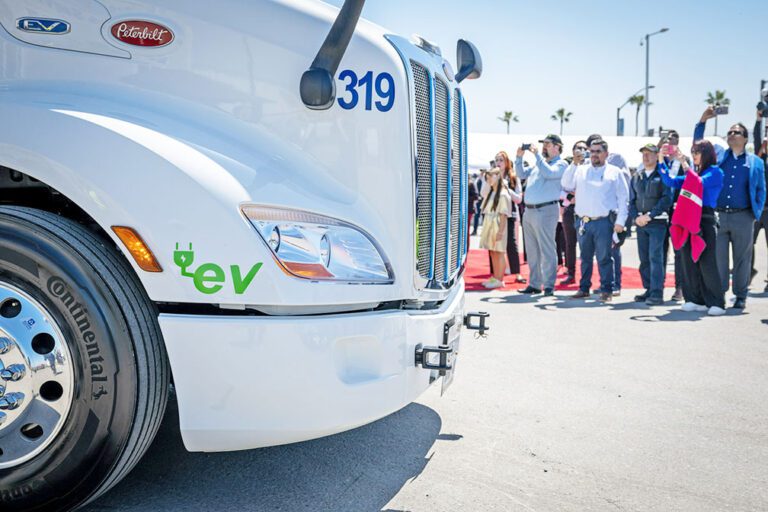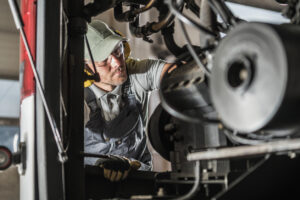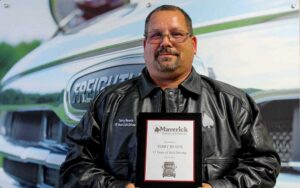SAN DIEGO — San Diego Gas & Electric (SDG&E) and Bali Express are still celebrating the historic crossing of a Class 8 heavy-duty electric freight truck from the U.S. into Mexico.
The semi-truck made its maiden voyage into Mexico on April 11, marking a significant milestone as the binational region moves towards a net-zero future.
“The historic crossing of this electric freight truck symbolizes San Diego’s commitment to innovation, cross-border cooperation and our binational community,” said City of San Diego Mayor Todd Gloria. “We’re not just reducing emissions; we’re building a cleaner future for the people who live near our border and leading the way on international trade and environmental responsibility.”
These dedicated trucks will utilize recently built charging infrastructure installed by SDG&E designed to provide reliable and accessible charging options for medium- to heavy-duty electric freight trucks crossing the U.S.-Mexico border.
“Today marks a historic milestone in our journey toward reducing emissions and paving the way for a cleaner energy future,” said Caroline Winn, chief executive officer at SDG&E. “This new electric corridor is a great example of how collaboration can create new and innovative ways to rethink how to propel our transportation systems towards electrification.”
Juan Baez, owner of the San Diego-based Bali Express, emphasized the importance of working together in achieving sustainability goals.
“We are thrilled to be working with SDG&E in this historic endeavor,” Baez said. “By adding electric freight trucks, we are not only reducing our carbon footprint but also leading the way towards a more sustainable future for freight transportation on both sides of the border. We’re proud to be a leader in this transition and excited about the first ever crossing.”
The chargers were partially funded by a $200,000 grant through the California Energy Commission’s Clean Transportation Program – which has provided more than $1 billion to alternative fuel and vehicle technology projects that are designed to deliver health, environmental and economic benefits to communities.
“To accommodate the transition to zero-emission trucks on both sides of the border, it’s critically important we have the necessary infrastructure,” said California Energy Commissioner Patty Monahan. “The California Energy Commission is helping fund projects across the state to build a better and more equitable charging infrastructure system for both cars and trucks.”
San Diego County Board of Supervisors Chairwoman Nora Vargas — who is Newsom’s appointee to the California Air Resources Board — emphasized the importance of reducing emissions in border communities while also growing our economy.
“As a fronteriza, I am thrilled that we’re moving forward with the use of bold and innovative energy technology that helps reduce air pollution, offers sustainable cross-border freight transportation, and strengthens our binational and interdependent economy,” Vargas said. “I know the binational region firsthand, and this is a great example of the kind of public-private partnerships can improve air quality and promote economic prosperity for the binational region. As the Supervisor for border communities, I am proud and excited that we are moving toward a cleaner, greener and more prosperous future.”
The electric charging infrastructure is a part of SDG&E’s Power Your Drive for Fleets program. The program connects fleet operators with resources and financial incentives to easily and cost-effectively design and install charging infrastructure for medium- and heavy-duty fleets.
Born in Pine Bluff, Arkansas, and raised in East Texas, John Worthen returned to his home state to attend college in 1998 and decided to make his life in The Natural State. Worthen is a 20-year veteran of the journalism industry and has covered just about every topic there is. He has a passion for writing and telling stories. He has worked as a beat reporter and bureau chief for a statewide newspaper and as managing editor of a regional newspaper in Arkansas. Additionally, Worthen has been a prolific freelance journalist for two decades, and has been published in several travel magazines and on travel websites.














